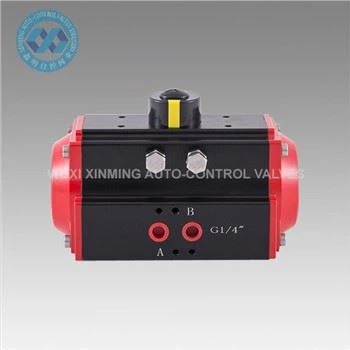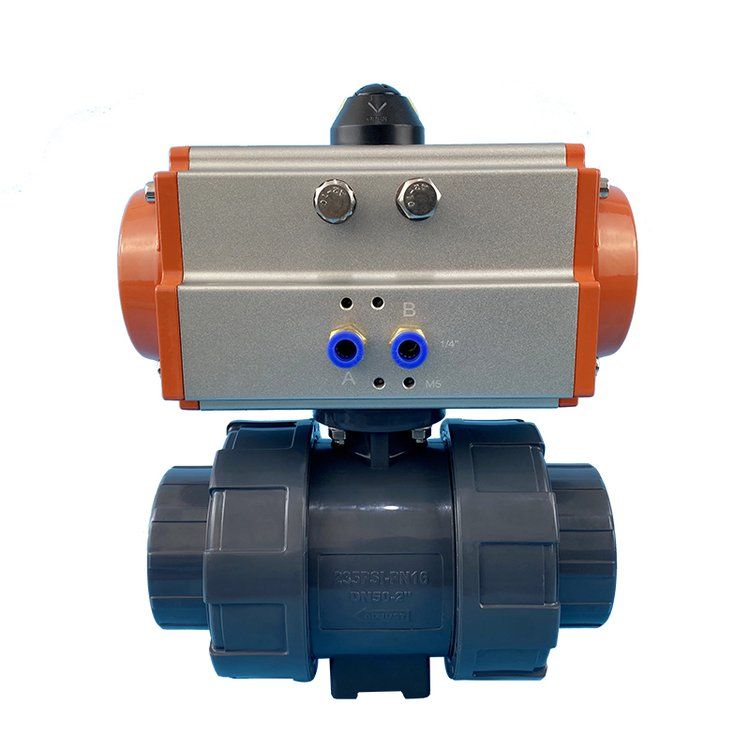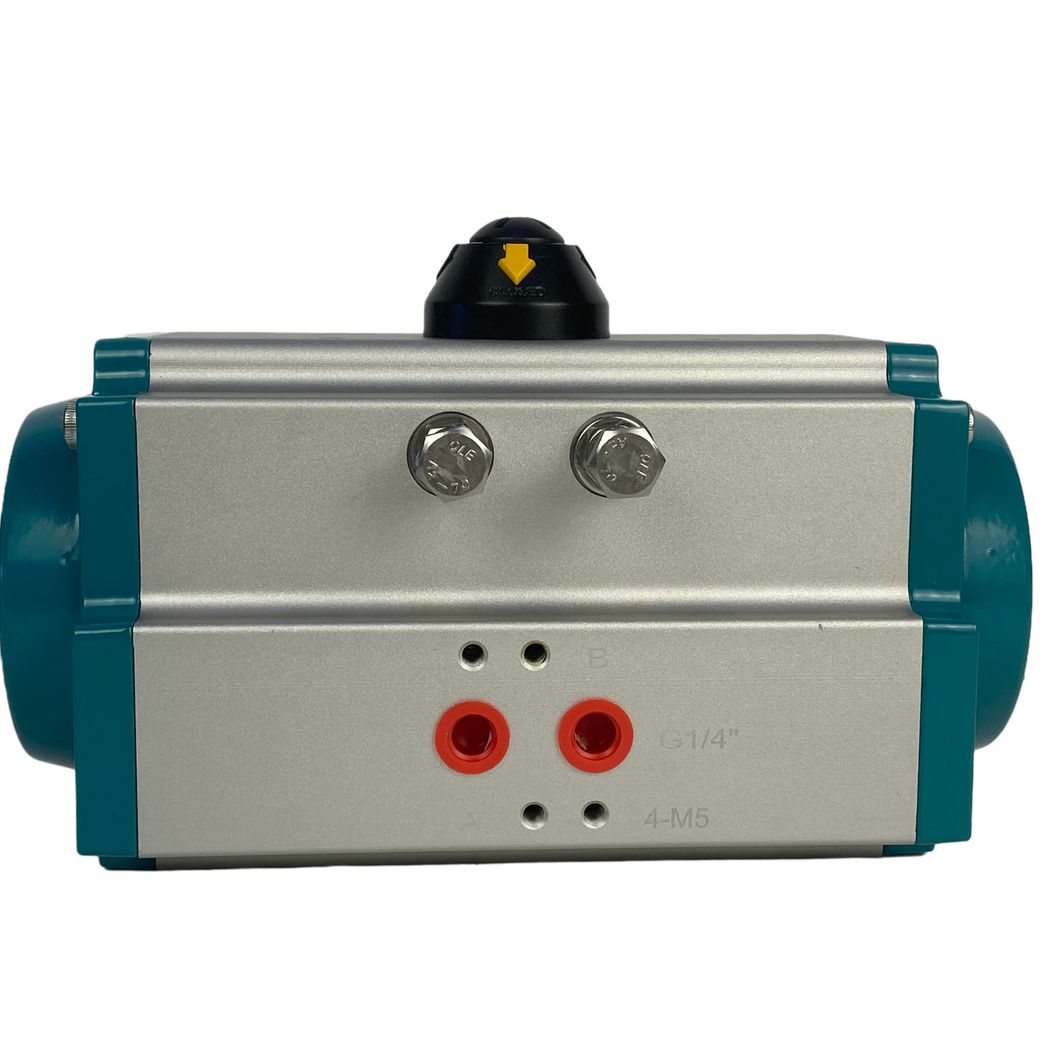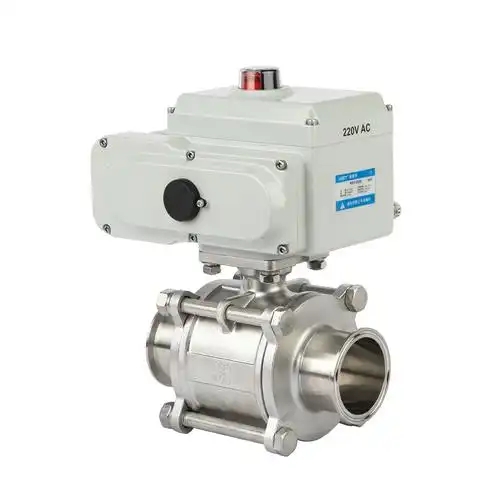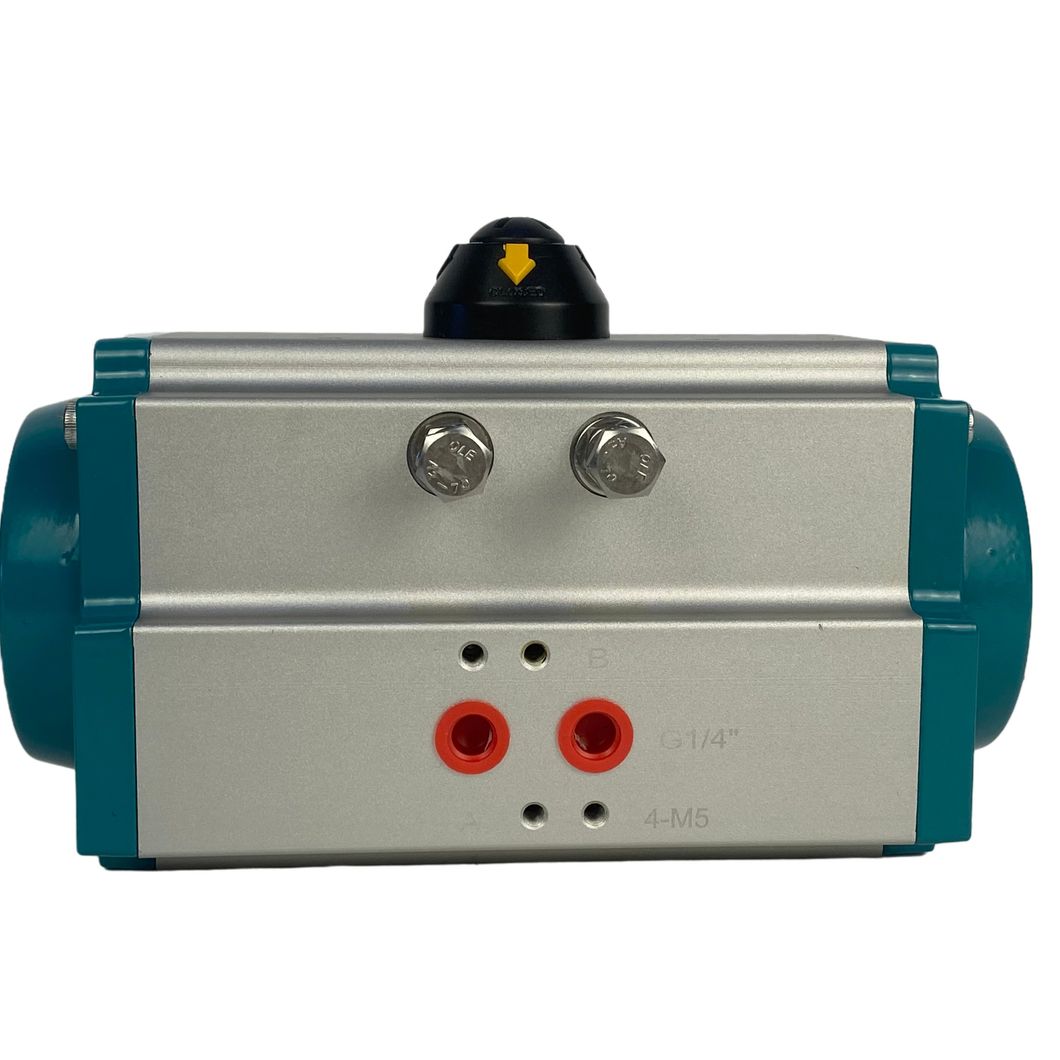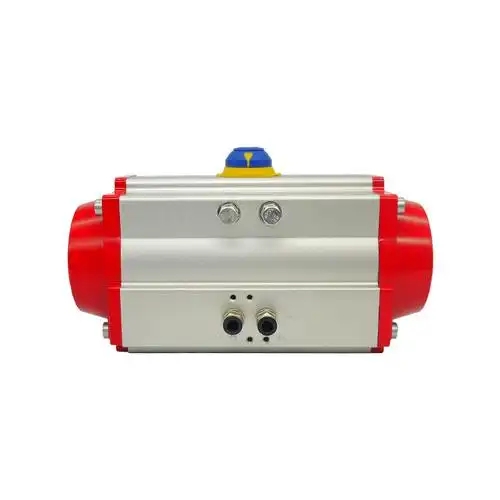Pneumatic Actuator Leakage Analysis
Understanding the root causes of air leakage in spring return pneumatic actuators for effective troubleshooting and prevention
Air leakage in spring return pneumatic actuators can significantly impair performance, leading to inefficiency and unreliable operation. Identifying these causes is the first step toward implementing effective solutions and preventive measures.
Worn or Damaged Seals
- Seals and O-rings form critical barriers that maintain air pressure within the actuator
- Exposure to pressure cycles, temperature fluctuations, and chemical contaminants causes degradation
- Components can harden, crack, or become brittle over time
- Poorly fitted seals from improper installation create gaps for air escape
- Use of non-genuine parts often results in improper sealing and premature failure
Loose Connections & Fittings
- Vibrations from regular operation gradually loosen threaded connections
- Incomplete tightening during installation leaves spaces for air seepage
- Misaligned connections prevent mating surfaces from properly meeting
- Worn threads on fittings compromise the integrity of connections
- Improperly sized or incompatible fittings create inherent leakage points
Internal Component Wear
- Moving parts develop scratches, dents, or uneven surfaces through prolonged use
- Stems, pistons, and valve seats lose their smooth finish necessary for sealing
- Imperfections disrupt the tight seal required to contain air pressure
- Corrosion from moisture or harsh environments erodes metal surfaces
- Wear between mating components creates progressively larger gaps over time
Environmental Factors
- Extreme temperatures cause materials to expand or contract unevenly
- Thermal cycling creates gaps in seals and connections
- Dust and debris infiltrate the actuator, lodging between moving parts
- Chemical exposure degrades elastomers and other sealing materials
- Humidity and moisture accelerate corrosion of internal components
Inadequate Maintenance
- Infrequent lubrication increases friction, accelerating wear on seals
- Failure to clean allows contaminants to damage sealing elements
- Neglected routine inspections miss early signs of wear or damage
- Using incorrect lubricants that degrade seal materials
- Ignoring manufacturer's recommended maintenance schedules
Prevention Strategies
- Implement regular inspection schedules for seals and connections
- Use only manufacturer-approved replacement parts
- Follow proper installation procedures with correct torque specifications
- Apply appropriate lubricants at recommended intervals
- Protect actuators from harsh environmental conditions when possible
Key Takeaway
Preventing air leakage in pneumatic actuators requires a comprehensive approach that addresses both immediate causes and underlying factors. Regular maintenance, proper installation, environmental protection, and using quality components are all essential for ensuring optimal performance and longevity of spring return pneumatic actuators.
If you want to learn more about low-priced products, please visit the following website: www.xm-valveactuator.com






